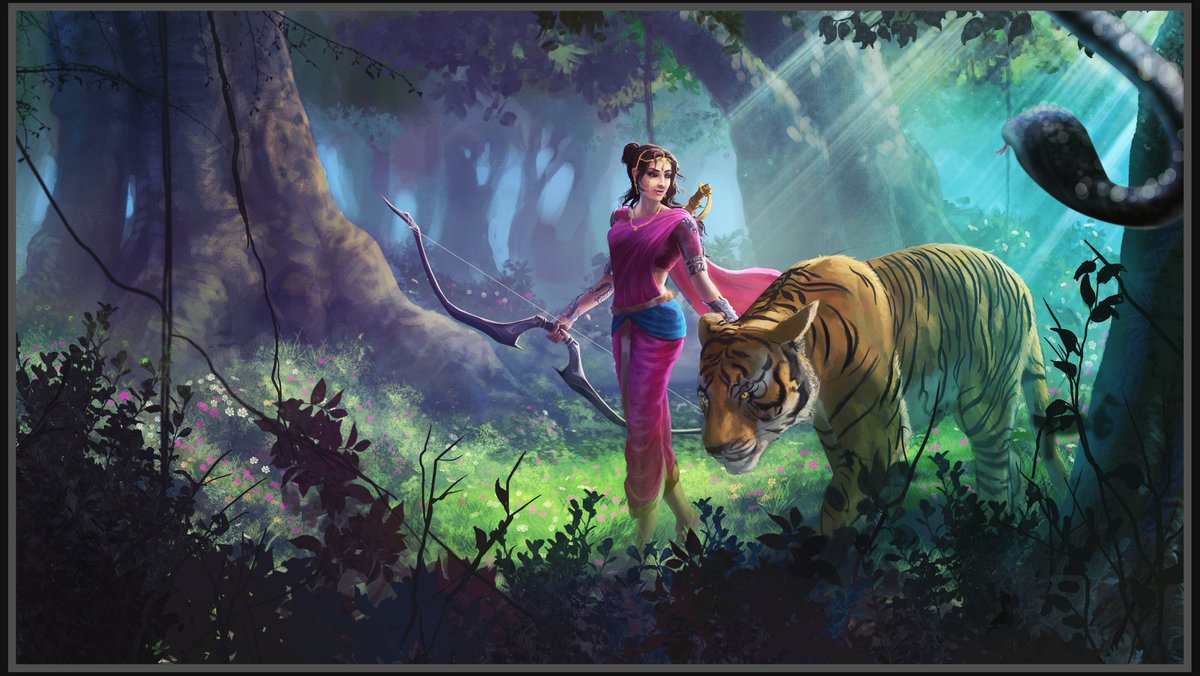Thread:- #Manu & #Manusmriti
Maharshi Manu is the first to have given the world a well-regulated, systematized, ethical and ideal pattern of living for human beings. He is the first among manavas (one of the human races).
(1/n)
Maharshi Manu is the first to have given the world a well-regulated, systematized, ethical and ideal pattern of living for human beings. He is the first among manavas (one of the human races).
(1/n)
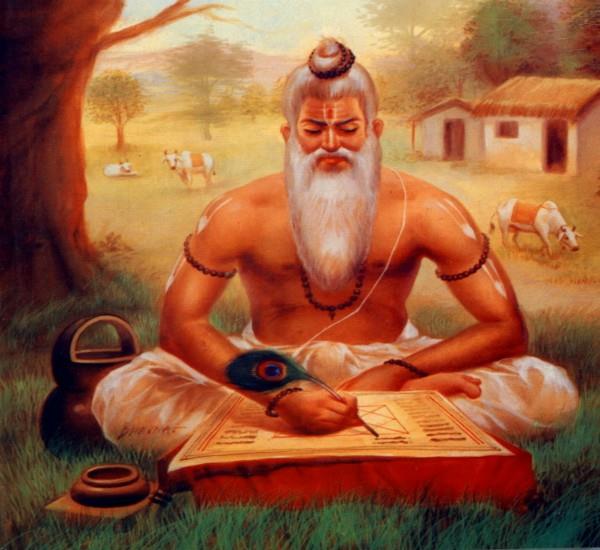
The first among scripturewriters,the first among law-makers, law-givers and social philosophers, the pioneer statesman and above all the first sage-ruler. Manu is the religious teacher who introduced the yajna-rituals.
(2/n)
(2/n)
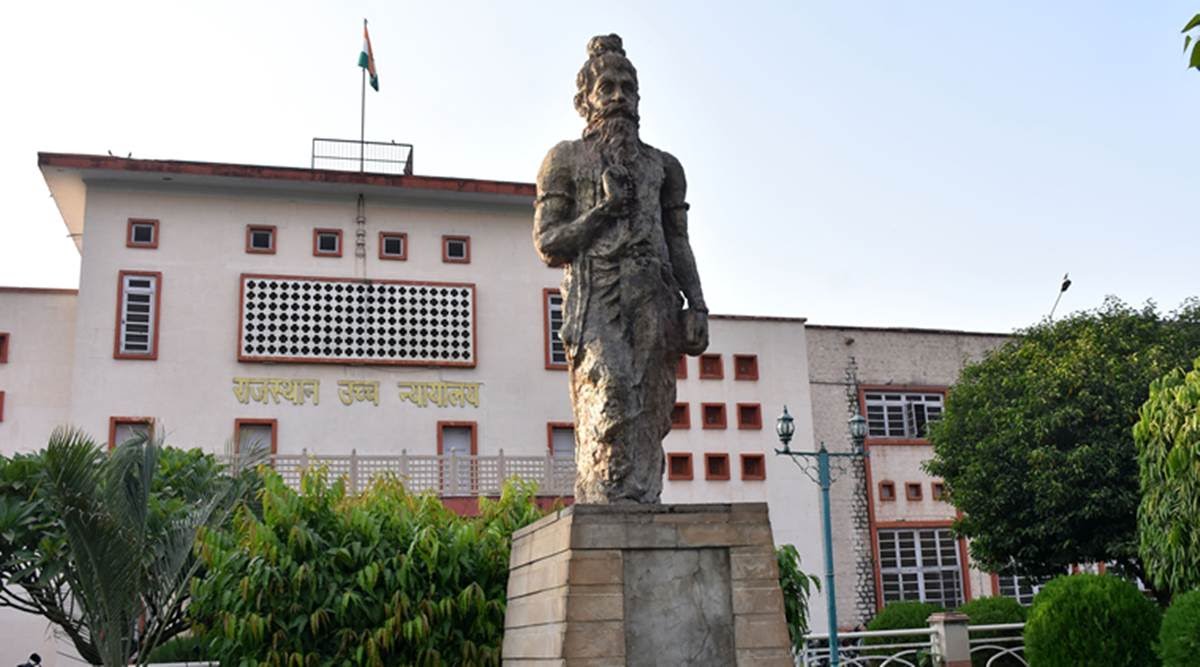
The Dharmic scripture composed by him which today is known as the
#Manusmriti is the oldest of the Smritis.
(3/n)
#Manusmriti is the oldest of the Smritis.
(3/n)
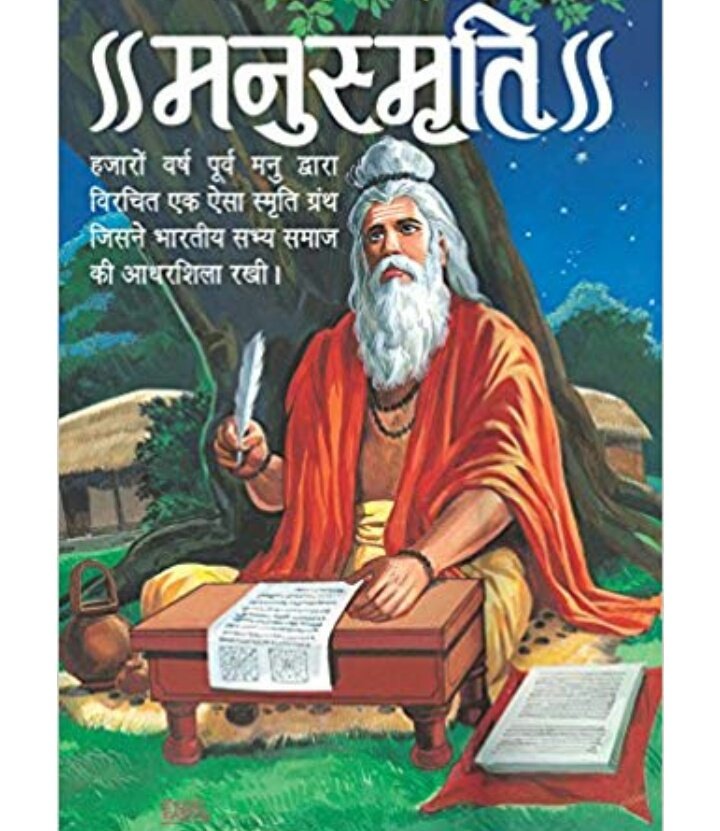
REAL NATURE OF MANU’S VARNA SYSTEM
Varna system propounded in the Manusmriti is based on anindividual’s profession, his merits and capabilities and has Vedic origins.
system finds its mention originally in 3 of the Vedas Rig(10.90.11-12) Yajur(31.10-11) and Atharv(19.6.506)
(4/n)
Varna system propounded in the Manusmriti is based on anindividual’s profession, his merits and capabilities and has Vedic origins.
system finds its mention originally in 3 of the Vedas Rig(10.90.11-12) Yajur(31.10-11) and Atharv(19.6.506)
(4/n)
Manuconsiders the Vedas to be of axiomatic status in Dharmic matters. So,regarding the Varnasystem as a system propounded and sanctioned by the Vedas and considering it to be the basis of righteousness.
(5/n)
@NileshOak @Sanjay_Dixit @sdeo76 @AhmAsmiYodha @sanjeevsanyal
(5/n)
@NileshOak @Sanjay_Dixit @sdeo76 @AhmAsmiYodha @sanjeevsanyal
Manu includes it in his system of administration, and disseminates his plan through hisscripture.
The determining factors in Manu’s Vedic Varna system are merits,vocation and capabilities rather than the birth of a human.
(6/n)
The determining factors in Manu’s Vedic Varna system are merits,vocation and capabilities rather than the birth of a human.
(6/n)
Word Varna is derived frm the Sanskrit verbal root वृज वरने whichmeans the vocation which is chosen.Acharya Yaska clarifies theconnotation of his word in his Nirukta as follows: वर्ण: वृनोते (2·14) meaning thereby the word varna has something todo with the choice/selection
(7/n)
(7/n)
Provision for change of Varna in Varna Vyavastha.
Manu says in this verse that a Brahmana becomes a Shudra andvice versa on the basis of one’s merits, actions and abilities. Similarly suchan interchange also takes place between Kshatriyas and Vaishyas
(8/n)
Manu says in this verse that a Brahmana becomes a Shudra andvice versa on the basis of one’s merits, actions and abilities. Similarly suchan interchange also takes place between Kshatriyas and Vaishyas
(8/n)
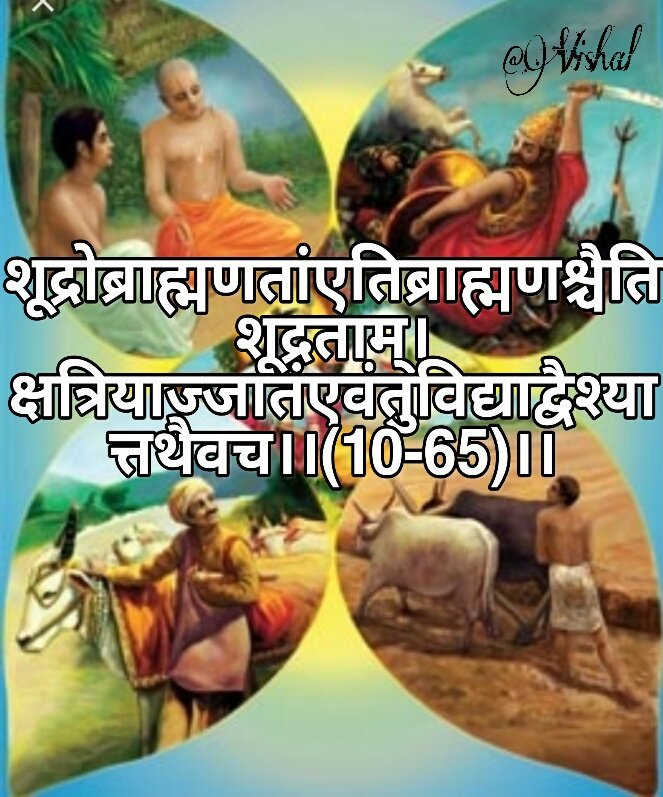
Manu's definition of Shudra
Acc. to manu those who have, besides their normal birth, also a second birth called are called dvijas (twice-born) i.e., the Brahmanas,Kshatriyas nd Vaishyas. Those who do not have the,Brahmajanma andthus have only one birth are called Shudras.
(9/n)
Acc. to manu those who have, besides their normal birth, also a second birth called are called dvijas (twice-born) i.e., the Brahmanas,Kshatriyas nd Vaishyas. Those who do not have the,Brahmajanma andthus have only one birth are called Shudras.
(9/n)
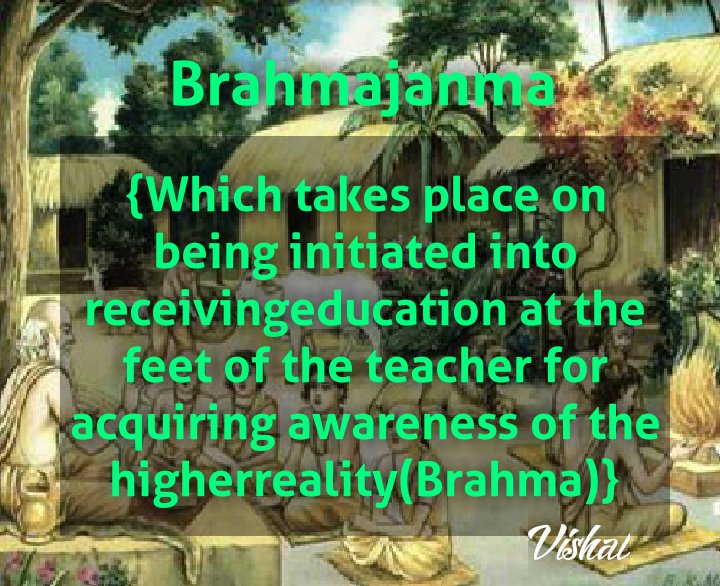
जन्मनाजायतेशुद्र:,संस्काराद्द्विज् उच्यते।
Every person is born a Shudra. It is onlyon the performance of theUpanayana ceremony laterthat he becomes a dvija(twice-born). There dvijati and ekjati words are used to distinguish the dvijas from the Shudras.
(10/n)
Every person is born a Shudra. It is onlyon the performance of theUpanayana ceremony laterthat he becomes a dvija(twice-born). There dvijati and ekjati words are used to distinguish the dvijas from the Shudras.
(10/n)
Brahman, Kshatriy, Vaishy r called dvijatis (dvijas i.e.twice-born) bcz they have, through education, a 2nd birth also. The 4th varnais ekjati (once-born only) because mem. of this varna have only onebirth, i.e., the normal birth, there r no other varn these 4 one.
(11/n)
(11/n)
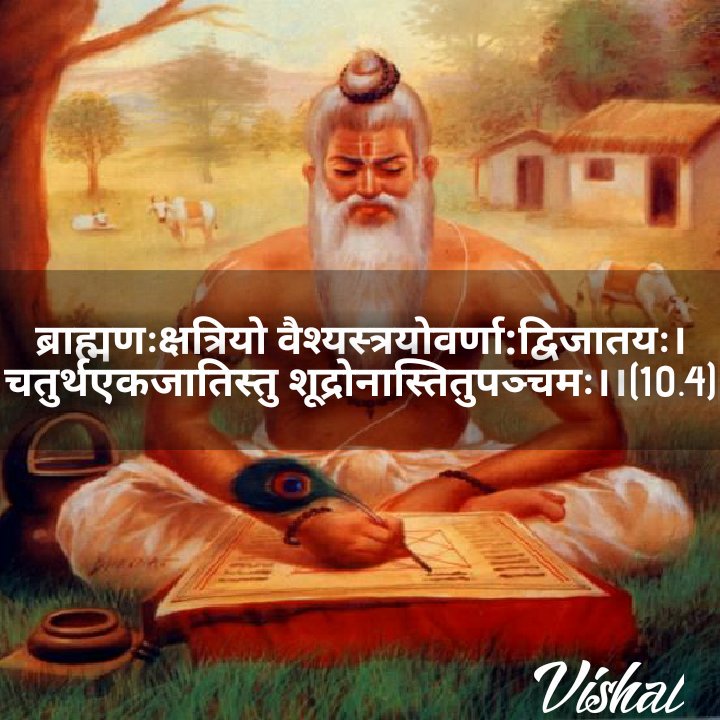
Freedom to Shudras in the observance of Dharma rules and duties:
नधर्मात्प्रतिषेधनम्।(10-126)
It means that the Shudras r not barred frm the observance of Dharmic ceremonies and rites. In saying so, Manuhas allowed freedom to Shudras to observe Dharma.
(12/n)
नधर्मात्प्रतिषेधनम्।(10-126)
It means that the Shudras r not barred frm the observance of Dharmic ceremonies and rites. In saying so, Manuhas allowed freedom to Shudras to observe Dharma.
(12/n)
Shudras the least liable to punishment as per Manu’s penal code
A convict in crimes like theft etc. has to be punished keeping inmind the principle that higher the varna to which he belongs the greater the punishment be meted out to him(cont.)
(13/n)
A convict in crimes like theft etc. has to be punished keeping inmind the principle that higher the varna to which he belongs the greater the punishment be meted out to him(cont.)
(13/n)
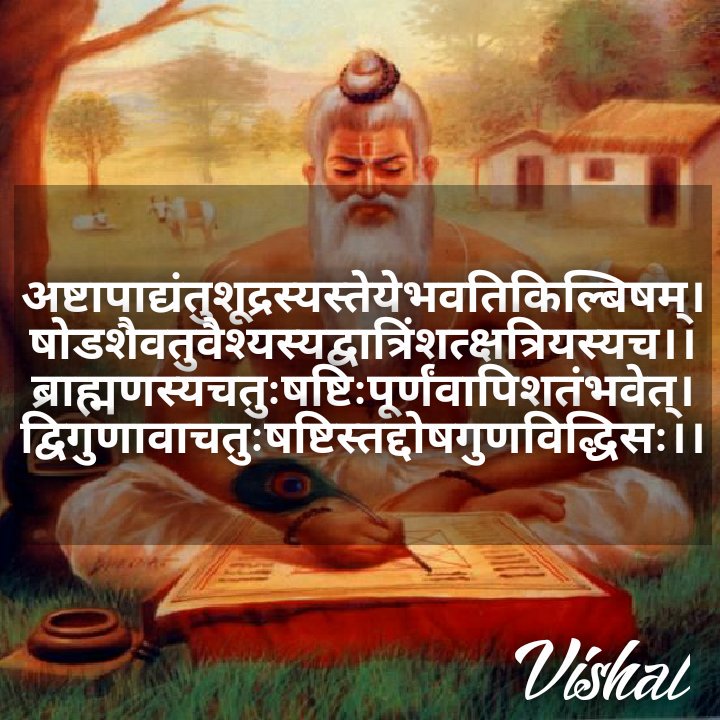
as there is expected to be greaterunderstanding on his part in respect of the seriousness of the crime, itsconsequences nd social implications. Thus a Shudr is to be punished eight times severely, the Vaishy sixteen times,a Kashatriy 32 times, Brahman sixty four times.
(14/n)
(14/n)
See how just, practical, result oriented and psychologically effectiveManu’s penal code is! Ifit is juxtaposed with the present day penal code the difference will become clear.
(15/n)
(15/n)
Thus we see that the provisions which were really made by Manu are just and equitable. He has not been unfair to the Shudras or, for that matter, to any other varna. @gopugoswami @NileshOak @ProudBhagavathi @DostKhan_Jammu
(16/n)
(16/n)
• • •
Missing some Tweet in this thread? You can try to
force a refresh



